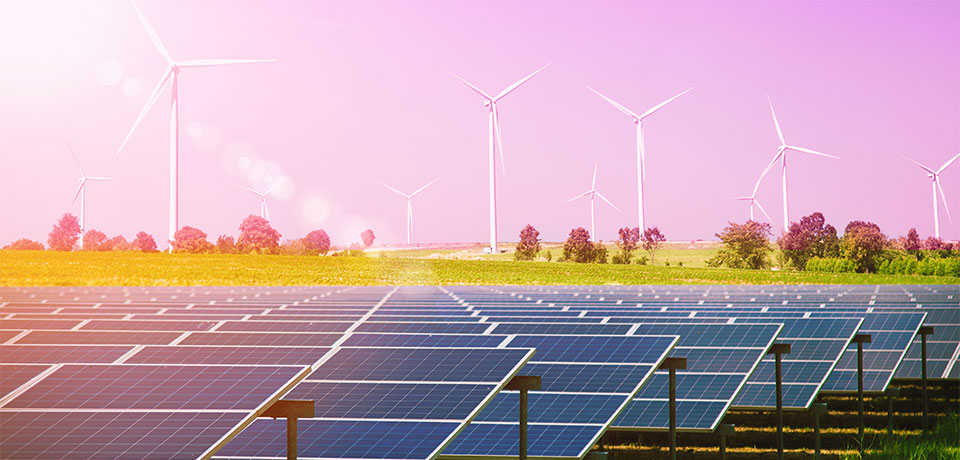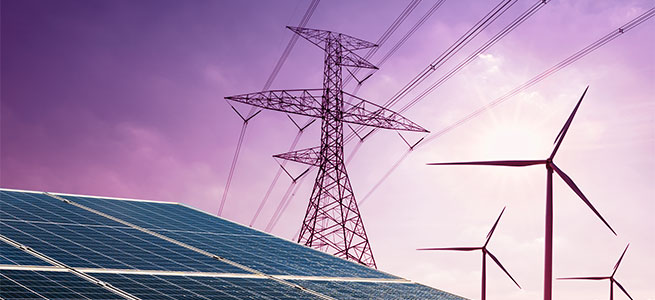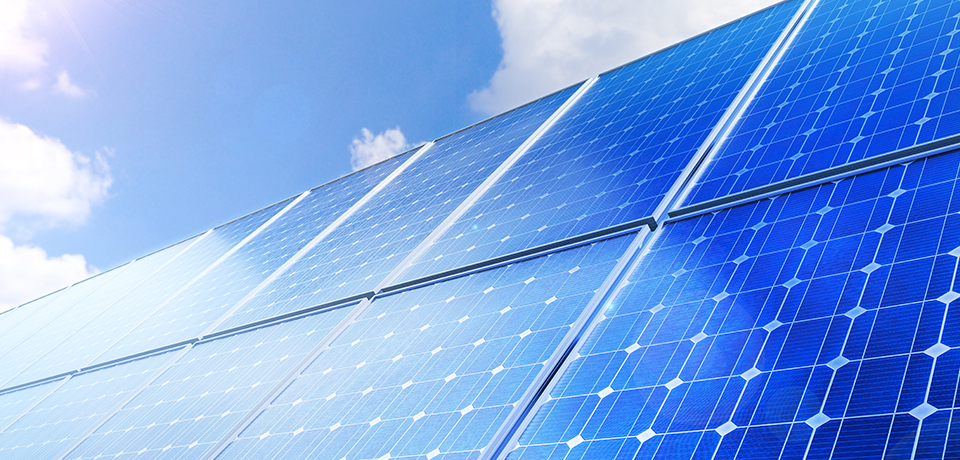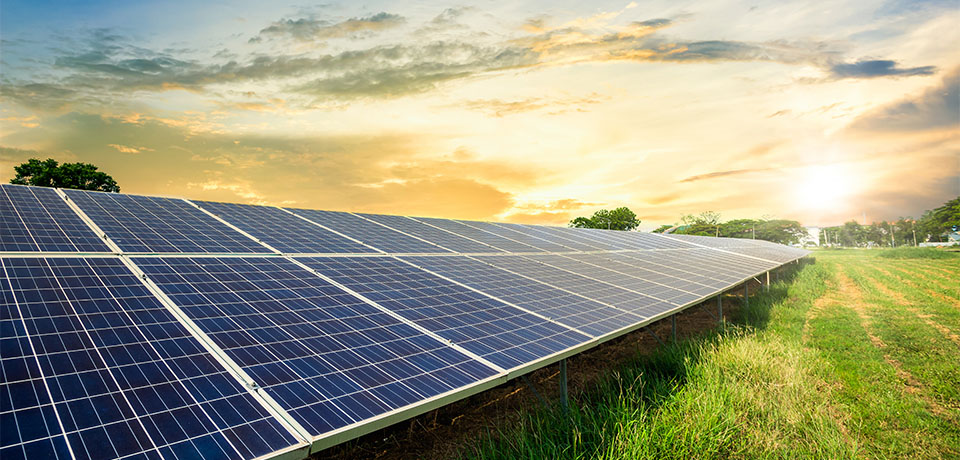
It is known fact that the importance of renewable energy sources in the energy scorecards of Türkiye and many countries in the world is gradually increasing. It is important to slow down the climate problem and to combat with it by choosing energy sources that do not cause environmental pollution and are sustainable. The use of renewable energy sources in Türkiye helps the country to generate energy with its own resources and to have positive effects on the economy. Considering the energy scorecard of Türkiye, the increase in the use of renewable resources is expected to reduce foreign dependency in energy.
The electricity sector in Türkiye continues to grow with an approach that prioritizes provision of supply security. Until the 2000s, electricity service has been provided by the public institutions in Türkiye. By taking legal regulation and liberalization steps, the electricity sector has been transformed into today's multi-producer and competitive model. By this means, the use of renewable energy sources has been encouraged and different entries have been created in the energy scorecard of Türkiye.
The energy sector in our country, which is developing largely with private sector activities, with its competitive nature and taking into consideration the needs of the consumer, puts into practice new production plans. The private company investments in the energy sector besides adding strong dynamism to the sector, also provides opportunities for the formation of specialized human resources. This way, planning and implementation of many projects in the field of renewable energy are being accomplished in Türkiye.
What are the Resources Used for Energy Generation in Türkiye?
As the energy need of Türkiye develops depending on economic progress, its energy scorecard is also shaped in line with the supply and demand situation. Between the years of 2000-2020, while an average of 3% increase has been observed in the annual electrical energy demand worldwide; an average increase of 4.5% has been accomplished in Türkiye. To be able to meet this increasing demand in a secure manner has become the main priority of the energy policy. As can be seen in the energy scorecard of Türkiye; natural gas, petroleum and coal, which are the primary energy resources, are the mostly used sources in energy generation. Türkiye, in terms of renewable energy resources, has a high potential. In our country, the use of renewable energy sources in energy generation is becoming more and more common. In the energy scorecard of Türkiye, it is observed that 69% of the primary energy resources have been imported in 2019.
As per the Presidential Annual Program for 2022; increasing of the installed electricity power in Türkiye to 102 thousand 423 MW by the end of 2022 has been targeted. The aim of this program, which shall have positive effects on the energy scorecard of Türkiye, is to ensure that the energy supply is sustainable, of high quality, safe and cost-effective. Energy generation required to eliminate foreign dependency in energy, which can be seen in the energy scorecard of Türkiye, can be provided by wind, sun and water resources.
In the report on the energy production data of European countries in the first half of 2021, announced by the independent think tank "Ember" operating in the field of energy, a special section has been reserved for Türkiye. In the report, it has been stated that the wind and solar energy has showed continued increase in production made with the use of renewable energy sources in Türkiye, similar to the recent years. The share of wind and solar energy in the energy scorecard of Türkiye has observed to be at the level of 12.2% in the first half of 2020. In the first half of 2021, this rate has increased to the level of 12.9%.
Most of the electricity generated using renewable energy in Türkiye is provided by hydroelectric power plants. In 2021, due to precipitation being below seasonal normals; it has been observed that the hydroelectric energy efficiency decreased in the energy scorecard of Türkiye. The decline in dry years increases the share of fossil fuels in energy generation and the carbon emissions they cause. This negative picture can be turned into an advantage with floating solar power plants to be built on hydroelectric power plants. By bringing together the renewable energy sources with different production models, the losses experienced due to decreased efficiency can be avoided.

Which Renewable Energy Sources Are Used in Türkiye?
In the energy scorecard of Türkiye, it is seen that 50.5% of the total energy generation in the first six months of 2020 has been obtained by using renewable resources. In the year of 2020, renewable energy sources have accounted for more than half of the energy generation of Türkiye. Turkey has ranked as the 10th among all the European countries in renewable energy generation.
When the energy scorecard of Türkiye in 2021 has been examined, it has been observed that 61% of the generation has been provided by fossil fuels in the first half. For this reason, Türkiye has lagged behind in the ranking and has been placed as the 18th in 2021. Although the share of wind and solar energy in generation have increased in the energy scorecard of Türkiye, the share of fossil fuels increased up to 78.4% due to the dry season effect.
Hydroelectric Energy
In our country, which is rich in water resources, approximately 53,053 GWh of energy has been generated by the end of 2021. The highest rate of production performed with renewable energy in Türkiye belongs to the hydraulic power plants. Controlled and regularly maintained hydroelectric power plants, with the energy and very low carbon emissions they provide, can be the biggest alternative to traditional fossil fuel power plants. The energy deficit in hydroelectric power plants in Türkiye in arid climates can be supported by other renewable resources. An annual average of 3,347.12 GWh of energy can be generated in 20 hydroelectric power plants by Aydem Energy.
Wind Energy (Power)
Wind energy, which enables energy generation by use of completely domestic resources, is one of the most preferred methods among renewable energy sources in our country. The installed wind power capacity in Türkiye has increased by 21.3 MW in 2022 and reached to the level of 10,882.8 MW, and lead to the highest wind energy generation in the history of Türkiye. The energy obtained by wind power can be used alone or to support different production methods.
Solar Energy
A part of the energy generation made with renewable energy in Türkiye is provided by solar energy. De to the sunshine duration it possesses, it can be said that the solar energy potential in Türkiye is more than many regions in Europe. Electricity generation with solar energy, which is a renewable energy source, is increasing in Türkiye. The current 7,750 MW of generation as of 2021 is envisaged to reach 8,750 MW by the end of 2022. Compared to human life, the sun can be considered as an almost endless source of energy. While electricity is being generated in solar power plants, no carbon emissions and no wastes that harm the environment occur. For this reason, solar energy is the foremost green and renewable resource. In Türkiye, priority can be given to solar power plants in generation with green energy sources.
In Conclusion
Energy generation with the use of renewable energy sources in Türkiye is increasing day by day and is being supported by different incentives. Considering energy scorecard of Türkiye, the use of renewable resources can also provide benefit to the economy. With the awareness increase of the consumers on renewable resources, differences in demands may occur. By preferring the Green tariff options of the companies that invest in wind, solar and hydroelectric energy fields, such as Aydem Energy, reduction in the carbon footprint can be maintained. By keeping the greenhouse gas emissions in balance, we can leave a more livable environment for future generations.
 Insolation Time and Solar Energy Efficiency
Insolation Time and Solar Energy Efficiency  What is Solar Energy? How is Electricity Generated From Solar Energy?
What is Solar Energy? How is Electricity Generated From Solar Energy?  Renewable Energy Sources - Advantages of Renewable Energy Generation and Use
Renewable Energy Sources - Advantages of Renewable Energy Generation and Use  Geothermal Energy Potential of Turkey and its Sustainability
Geothermal Energy Potential of Turkey and its Sustainability